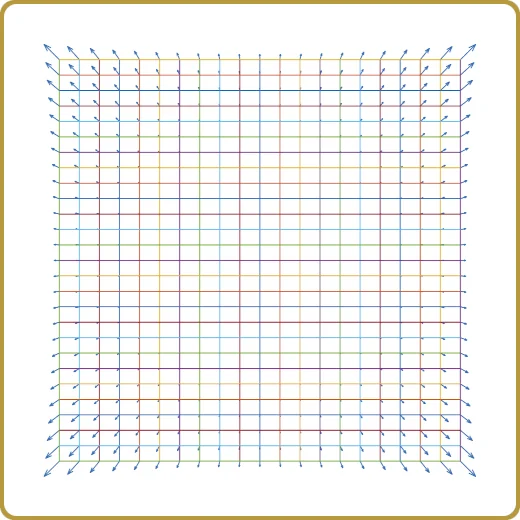-

It’s Quiet, For a Reason
Working on It You may have noticed the blog’s been a little quiet lately—that’s focus, not neglect. At Senslogic we live by a simple rule: first know what something should be, then show that it is. Solid models first, and then, measure. The Missing Link WaveMe can already measure, align, and inspect like a champ—but…
-

CAD – It’s not just for mechanics you know
Introduction – Redefining CAD When most people hear “CAD,” they think of 3D mechanical design software, like SolidWorks, AutoCAD or CATIA. It’s a natural association: the tools are visual, tactile, and tangible. But should CAD, in its literal sense—using computers to aid in design—be limited to just this mechanical space? It’s a leading question, I…
-

Interferometer – or – Wavefront Sensor
Technology continues to advance, and so do wavefront sensors. One notable improvement has been in wavefront sampling density. Examples of such sensors include the HASO LIFT sensors from Imagine Optics and the QWLSI sensor by Phasics. Each uses a different technique to achieve higher sampling density. The LIFT technique—short for Linearized Focal-plane Technique—is a modern…
-

EUV And the State of Lithography
High-End Optical Lithography, what’s it all about EUV lithography feels like science fiction made real: mirrors with atom-level smoothness, light generated from tin plasma, and machines that cost more than a fleet of private jets — all to etch nanometer wide features onto silicon. And yet, for all its technical audacity, EUV is still a…
-

Physical Optics On the Nvidia GPU
Intro For most of my career in optics, I have been simulating imaging of spatial light modulators, and mostly, SLMs illuminated with partially coherent sources. Usually, the FFT makes a fairly swift job of it, for a single image at least. Sometimes, though, One needs to do a lot of simulations. One such example is…
-

Distortion Mapping – An SVD HowTo
In this tech-talk, I would like to discuss how (and probably how not to) develop an optical distortion correction. It is a common optical problem, and one that actually can be compensated using an algorithm because, even if the image is distorted, it can still be free from wavefront aberrations. I guess the title spills…
Category: Optics
Physical and optical phenomena